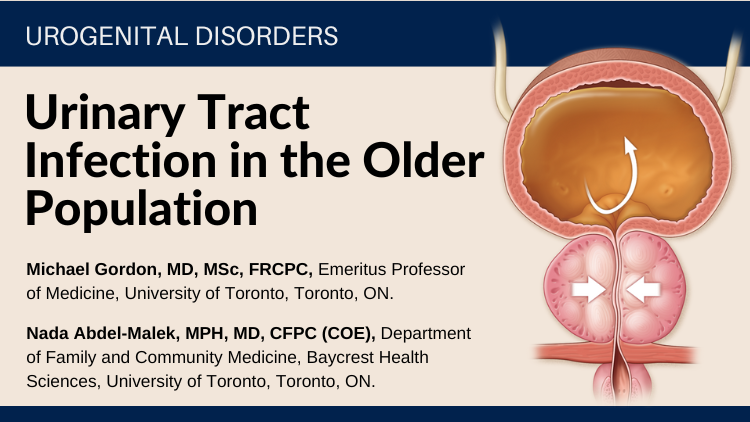Prevention is the Best Form of Care
Madhuri Reddy, MD, Dermatology Day Care (Wound Healing Clinic) Sunnybrook and Women's College Health Care Centre, Toronto, ON, Associate Editor, Geriatrics & Aging.
R. Gary Sibbald, BSc, MD, FRCPC (Med), FRCPC (Derm), MACP, DABD,
Associate Professor and Director of Continuing Education
Department of Medicine, University of Toronto, Toronto, ON.
Introduction
The most common reason for hospitalization of individuals with diabetes is a foot wound. Persons with diabetes are forty times more likely than are non-diabetics to have a non-traumatic amputation, and the most common precipitating events are infection in a non-healing ulcer and gangrene. Those who undergo a lower-extremity amputation have a 50% chance of amputation in the contralateral limb within five years.1
The systemic nature of diabetes requires a team approach, involving wound care specialists (e.g. physicians, nurses) and foot care specialists (e.g. chiropodists, podiatrists, occupational therapists, pedorthists). Prevention of ulcers is the best form of care for the diabetic foot. Teaching prevention should occur in the setting of comprehensive diabetic care.


